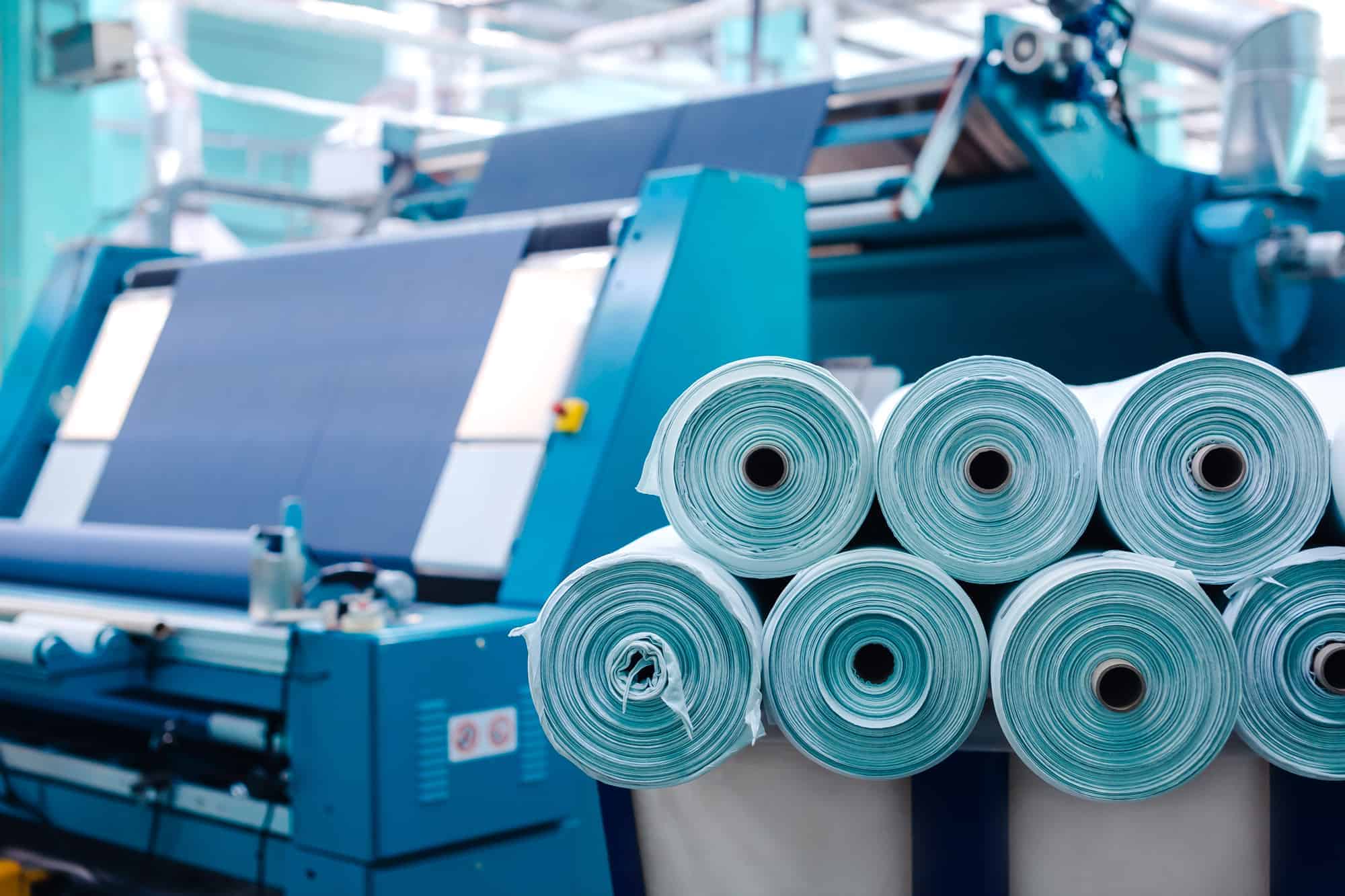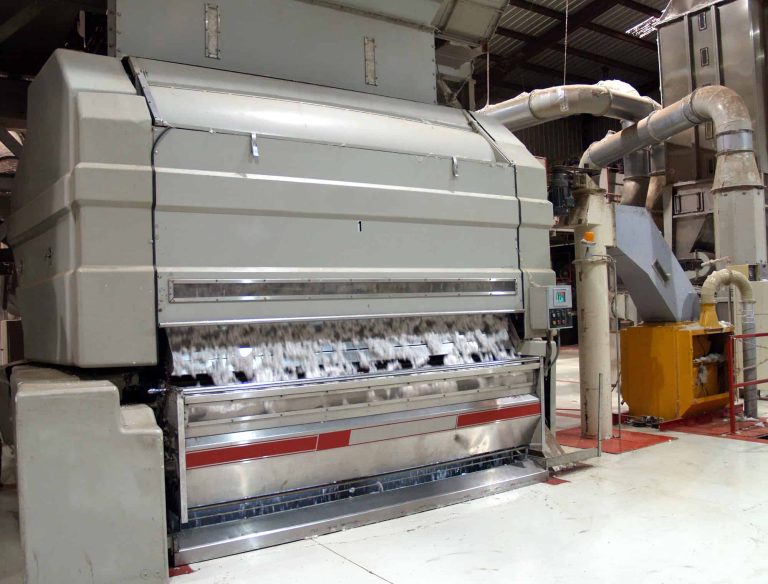When processes are carried out at large scales, they become difficult to control because of the size of the process. The bigger the process, the more complications it has. Similarly, here we are going to talk about one of the biggest industries in the world and one of the more significant problems associated with it. The industry here is the textile industry, and the problem is sustainability. The textile industry generates substantial amounts of revenue for companies around the world. It contributes significantly to the overall world exports, and it is one of the most labour-intensive industrial sectors.
The point is that a system as big as the one described above has numerous hurdles to carrying out processes smoothly. Now, the whole world has realised that industrialisation, along with millions of benefits, has also come with multiple downsides. These downsides mainly include the negative impact of industries on us humans and our planet.
Climate change became a global issue in the last quarter of the 20th century. People, companies, and governments worldwide are concerned about it, and numerous policies have been adopted worldwide. The textile industry is increasingly in a position where it has to follow legislative and self-driven protocols to fight climate change. However, there are many challenges the industry faces in fulfilling the complete requirements of sustainability. First, let’s briefly go through the textile processes to understand why sustainability is difficult to adopt in textiles.
As an end consumer, gaining insights into what goes behind a single piece of fabric can be hard. If we take an example of cotton fabric, it all starts at the cotton plant. Once the cotton is collected from the fields, it is sent to gining. The process can be described as cleaning the raw form of cotton; however, there are specific steps that require heavy machinery. The end product of gining is a cotton bale of generally 225 kilogrammes depending on the customer’s requirement. These bales are then sent to spinning to convert them into multiple types of yarns. The cotton bales are opened, and the cotton is passed through several processing steps, such as cleaning, drafting, and brushing into the final required thickness of the yarn. That yarn is then sent for weaving fabric.
Now, depending on the type of end product, i.e. fabric, the yarn is interlaced with other yarns to make a sheet of fabric.

Once the fabric is made, the finishing starts. Some common finishes are heat setting, printing, dyeing, etc. Sometimes additional processes are added as per the requirement of the buyer. These different finishes take more space, heat, chemicals, and water.
The reason for briefly describing the textile manufacturing above is to give readers an idea of what goes on in the textile industry and why it gets challenging to adopt sustainability in textiles.
Let’s discuss what would sustainability means in textiles. So, when a textile process is carried out with the guarantee that there will be no harm to society environmentally, socially, and economically, it is termed sustainable in its actual means. Since there is a chance that manufacturers do not comply with the sustainability footsteps needed, they are asked for certifications as per different standards of sustainability for their particular industry, such as the “Better Cotton Initiative” for the cotton industry. The certification authorities audit the factory as needed to ensure that the manufacturer is in line with all the sustainability standards of that particular certification.
Read further to know what hurdles the textile industry faces to go sustainable even with many standards and certifications.

The second biggest polluter of clean water is none other than the textile and clothing industry, the first being the agriculture sector. Not only does it pollute water, but it also consumes a considerable amount of water. Many steps of textile manufacturing rely on it, for example, the finishing process. During the fabric’s finishing, chemicals applied to the material are transported and fixed on the fabric with the help of water. It is estimated that just one ton of fabric would require around 200 tonnes of water to reach the finished product stage. Fabric finishing requires heavy amounts of steam and hot water, which is why water is consumed not only in large quantities but also a tremendous amount of energy to be heated and steamed.
There have been initiatives to use less water and recycle the used water; however, the textile industry is still consuming a good chunk of water and is a significant producer of wastewater.
Like other large industries, the textile industry is also a large contributor to all kinds of waste, whether in liquid form, solid form, or gaseous form. Every effort should be made to recycle this waste, but still, only a small portion is recycled while a lot of it is discarded. Even after the textile product, a piece of cloth is in customers’ hands; it still contributes to wastage because they are not recycled. Fast fashion has further increased the discarding of clothing items; every year, tonnes of clothes end in landfills. The clothes in landfills can take dozens of years or even more to decompose.
It tells us that the textile process from the beginning to the end generates wastage, and a lot still needs to be done, at least currently, to recycle or discard it all in an environmentally friendly.
Here comes the most important factor of why sustainability is ignored or hard to adopt in textiles. The biggest textiles exporters include India, Bangladesh, Pakistan, and Vietnam. All of these are developing countries and face difficulties when it comes to adopting sustainable practices. In sustainability, one of the most talked about phenomena is recycling. We overlook the factor that recycling does not happen quickly, and why is that? Because it requires different machinery and hence a separate infrastructure. The same can be applied to recycling wastewater and chemicals and using non-renewable energy for textiles.
Along with infrastructure and machinery, skilled labour is also required to run the machinery. First, it is not easy to find skilled labour, and second, it comes with a high cost. Manufacturers do not see this appeal if they have to bear losses because of adopting sustainable practices.
All of these are good options to save our planet and ecosystem, but they come with a high cost that manufacturers refuse to accept in developing countries. It increases the price of their end product, which the buyers do not accept.
It shows the importance of buyers playing a role in helping manufacturers adapt by also increasing their financial support as required.
As this article has shown, becoming sustainable requires participants of the complete cycle to take action. No industry alone, or individual, can contribute to it alone. Yes, there will be positive outcomes, but they will be negligible if the system is not changed. The difficulties in adopting sustainability practices in the textiles industry mentioned in this article can be eliminated if a systematic change is incorporated. We cannot expect to continue using textiles in the same way as we did before, wanting the same fashion we did before, and then also demand sustainable processes, not to mention the cost associated with it.
In short, these difficulties for sustainability in textiles can be overcome if the stakeholders make policies that can be robustly applied in a cost-effective manner in textile factories all around the world and not just in rich enough countries. A significant chunk of textile exports comes from third-world countries, which should not be ignored when adopting environmentally-friendly policies.
| Cookie | Duration | Description |
|---|---|---|
| cookielawinfo-checbox-analytics | 11 months | This cookie is set by GDPR Cookie Consent plugin. The cookie is used to store the user consent for the cookies in the category "Analytics". |
| cookielawinfo-checbox-functional | 11 months | The cookie is set by GDPR cookie consent to record the user consent for the cookies in the category "Functional". |
| cookielawinfo-checbox-others | 11 months | This cookie is set by GDPR Cookie Consent plugin. The cookie is used to store the user consent for the cookies in the category "Other. |
| cookielawinfo-checkbox-necessary | 11 months | This cookie is set by GDPR Cookie Consent plugin. The cookies is used to store the user consent for the cookies in the category "Necessary". |
| cookielawinfo-checkbox-performance | 11 months | This cookie is set by GDPR Cookie Consent plugin. The cookie is used to store the user consent for the cookies in the category "Performance". |
| viewed_cookie_policy | 11 months | The cookie is set by the GDPR Cookie Consent plugin and is used to store whether or not user has consented to the use of cookies. It does not store any personal data. |
Create your free account and begin your sustainability journey.

